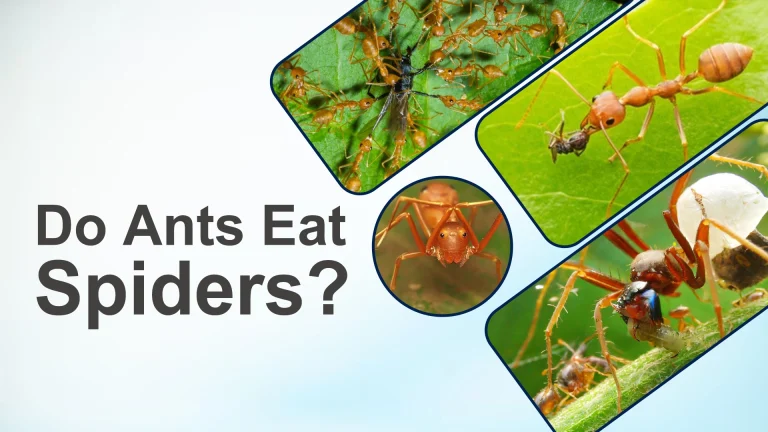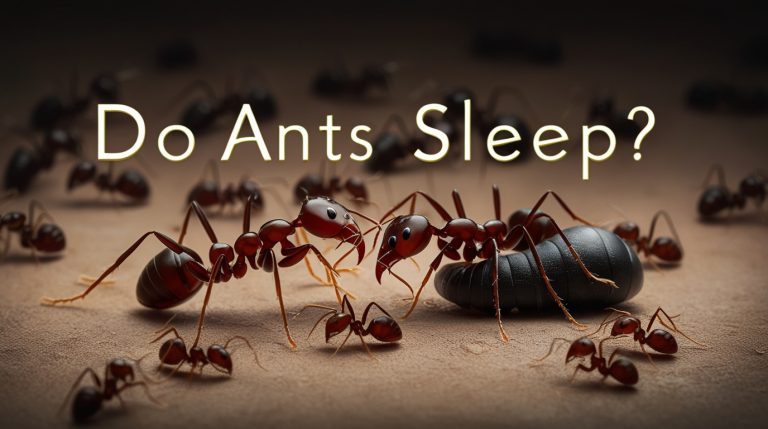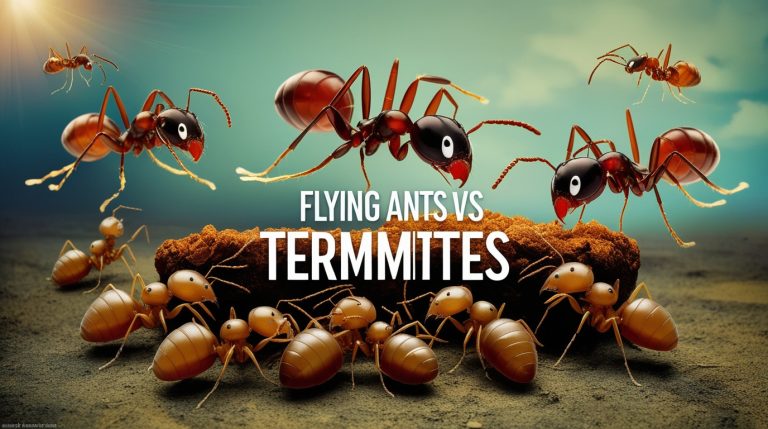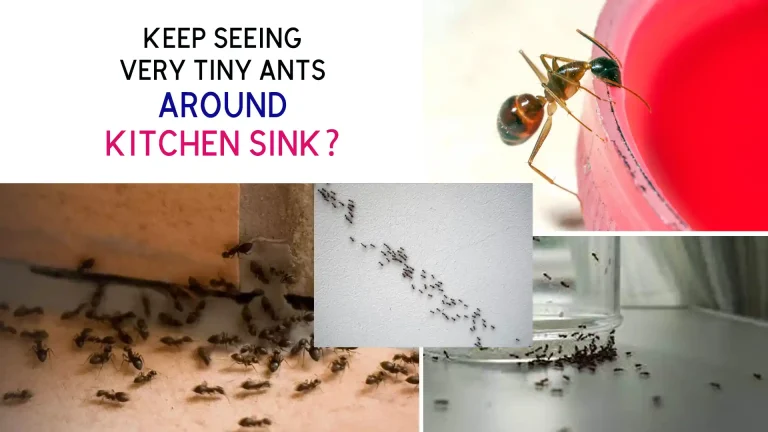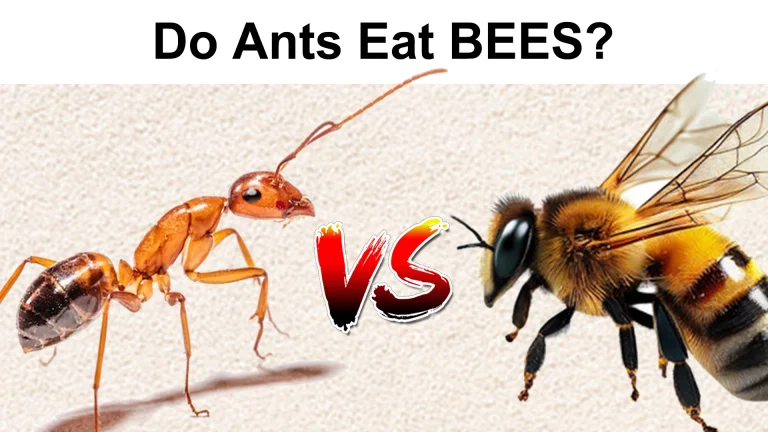How to Get Rid of Sugar Ants in Your Home: Effective Pest Solutions
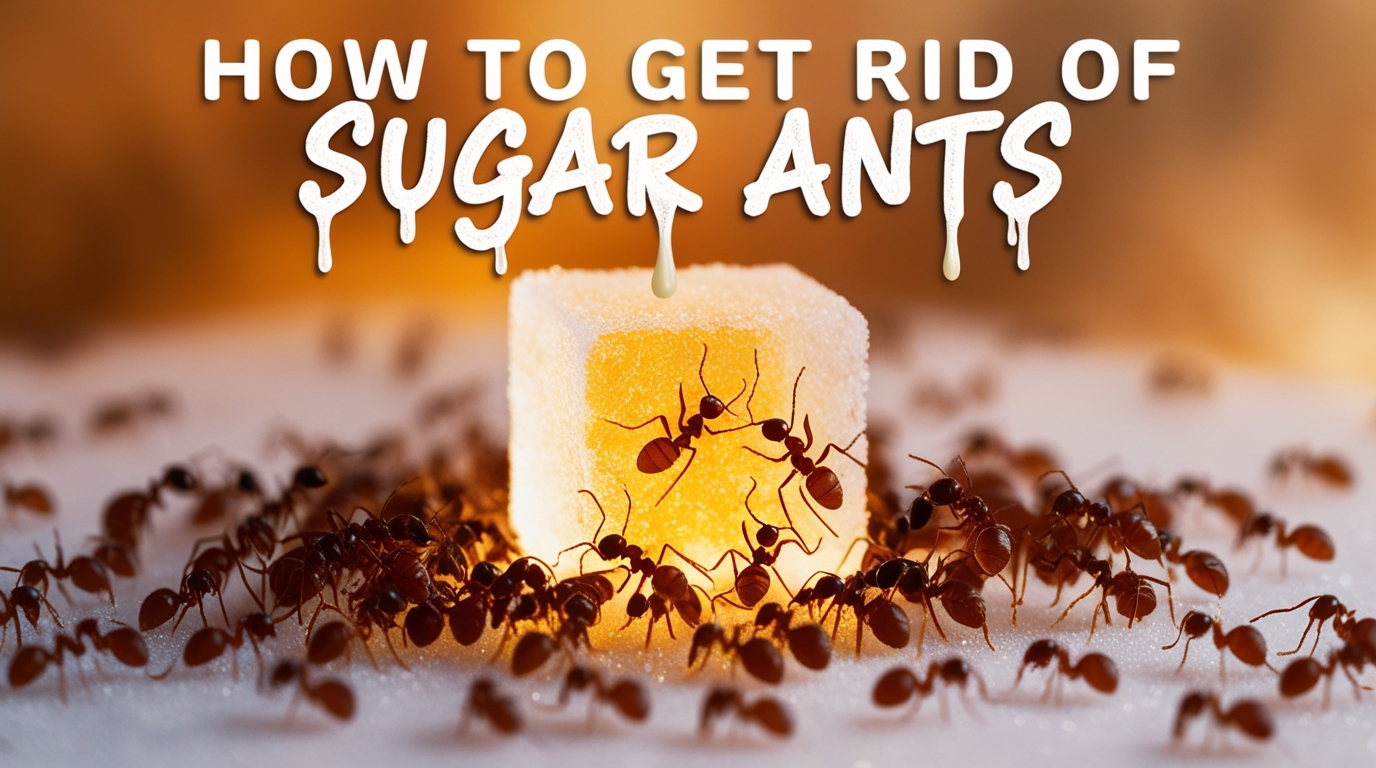
Discover fast and natural methods how get rid of sugar ants in your home. Learn effective pest control solution to eliminate ants and prevent future infestations
Understanding Sugar Ants
To effectively deal with sugar ants, it’s important to understand what they are, where they live, and how to identify them.
What are sugar ants?
Sugar ants are a common name for various ant species attracted to sugary foods. The term “sugar ant” often refers to different types of ants, including the odorous house ant, pavement ants, and pharaoh ants. These tiny ants are typically 2-3mm long and range in color from brown to black. The real sugar ant, native to Australia, is rarely found in other parts of the world.
Sugar ants are often mistaken for other household ant species due to their similar appearance and behavior. They tend to prefer sweet foods but also feed on proteins and fats. Their diet flexibility makes them a persistent pest in many homes.
Where do sugar ants live?
Sugar ants live both indoors and outdoors. In nature, they create nests in soil, under rocks, or in decaying wood. When they invade homes, sugar ants often establish nests in wall voids, behind baseboards, or under flooring. They are attracted to moisture and may be found near leaky pipes or in damp areas of your home.
Outdoors, sugar ants tend to prefer warm, moist environments. They often create supercolonies with multiple queens, allowing them to spread rapidly across large areas. These ants also have a symbiotic relationship with aphids, protecting them in exchange for the sweet honeydew they produce.
Common ant species mistaken for sugar ants
Several ant species are commonly misidentified as sugar ants:
1. Odorous house ants: These are often called sugar ants due to their attraction to sweet foods.
2. Pavement ants: Frequently found in homes, these ants also have a sweet tooth.
3. Carpenter ants: Larger than typical sugar ants, they can cause structural damage to wood.
4. Pharaoh ants: Tiny, light-colored ants that are often found in kitchens and bathrooms.
Knowing what kind of ant you’re dealing with is crucial for effective pest control. If you’re unsure about the ant species in your home, consider consulting a pest control professional for accurate identification.
Identifying a Sugar Ant Infestation
Recognizing the signs of an ant infestation is the first step in addressing the problem.
Signs of an ant infestation in your home
1. Visible ants: The most obvious sign is seeing ants in your living space, especially in the kitchen or near food sources.
2. Ant trails: Look for lines of ants moving along baseboards, countertops, or walls.
3. Small piles of dirt: Near cracks or crevices, you might notice small piles of dirt or debris from nest building.
4. Rustling sounds: In severe infestations, you might hear faint rustling sounds in walls or floors.
What attracts sugar ants to your kitchen?
Sugar ants are primarily attracted to sugary foods, as their name suggests. However, they also seek out other food sources and moisture. Common attractants include:
1. Spilled food or drink, especially those containing sugar
2. Uncovered food in pantries
3. Dirty dishes left in the sink
4. Pet food left out
5. Crumbs on countertops or floors
6. Overripe fruit
7. Sticky residues on containers or surfaces
How sugar ants enter your home
Sugar ants can find their way into your home through various entry points:
1. Cracks in foundations or walls
2. Gaps around windows and doors
3. Holes where pipes or wires enter the house
4. Through vents or chimneys
5. Via potted plants brought indoors
Understanding how ants enter your home is crucial for effective prevention and control.
Effective Methods to Get Rid of Sugar Ants
Once you’ve identified a sugar ant problem, it’s time to take action. Here are several methods to eliminate these pests from your home.
Natural remedies for sugar ant control
1. Vinegar solution: Mix equal parts water and vinegar in a spray bottle. Use this to clean surfaces and disrupt ant trails.
2. Diatomaceous earth: Sprinkle this natural powder along ant paths and near entry points. It’s abrasive to ants’ exoskeletons and will eventually dehydrate them.
3. Essential oils: Peppermint, tea tree, or citrus oils can repel ants. Mix a few drops with water and spray around entry points.
4. Borax and sugar mixture: Create a paste using equal parts borax and sugar. Place small amounts in areas where ants are active. The ants will carry this back to the colony, eventually killing the entire nest.
5. Lemon juice: Like vinegar, lemon juice can disrupt ant trails and act as a deterrent.
Chemical solutions for pest elimination
For more severe infestations, you might need to resort to chemical treatments:
1. Ant baits: These contain slow-acting insecticides mixed with attractive food. Ants carry the bait back to the nest, effectively eliminating the entire colony.
2. Insecticide sprays: Use these to create barriers around entry points or to directly spray visible ants. Always follow label instructions carefully.
3. Granular insecticides: These can be spread around the perimeter of your home to create a barrier against ants.
When using any chemical solution, prioritize the safety of your family and pets. Choose pet-friendly options when possible and keep all insecticides out of reach of children.
Professional pest control options for severe infestations
If DIY methods fail to control the ant problem, it may be time to call in a professional pest control service. They can:
1. Accurately identify the ant species
2. Locate and eliminate nests
3. Apply professional-grade treatments
4. Provide ongoing prevention strategies
A pest control professional can offer safe and effective solutions tailored to your specific situation.
Preventing Future Sugar Ant Invasions
Getting rid of sugar ants is only half the battle. Preventing their return is equally important for long-term pest control.
Sealing entry points to keep ants out
1. Inspect your home’s exterior for cracks or gaps and seal them with caulk.
2. Install weatherstripping around doors and windows.
3. Repair or replace damaged screens on windows and vents.
4. Seal openings around pipes and wires entering your home.
Proper food storage to avoid attracting ants
1. Store food in airtight containers, especially sugary items.
2. Clean up spills and crumbs immediately.
3. Don’t leave pet food out overnight.
4. Keep fruit in the refrigerator or in sealed containers.
5. Regularly clean your pantry and dispose of expired foods.
Regular cleaning habits to deter sugar ants
1. Wipe down countertops and tables daily.
2. Sweep or vacuum floors regularly, especially in the kitchen.
3. Take out the trash frequently and keep bins clean.
4. Clean up dirty dishes promptly.
5. Regularly clean under and behind appliances where crumbs may accumulate.
Long-Term Strategies for Homeowners
Maintaining a ant-free home requires ongoing effort and vigilance.
Landscaping tips to prevent ant colonies near your home
1. Keep plants and mulch away from your home’s foundation.
2. Trim trees and shrubs so they don’t touch your house.
3. Remove stumps and rotting wood from your yard.
4. Fix outdoor leaks and ensure proper drainage around your home.
Seasonal ant prevention measures
1. Spring: As ants become more active, increase indoor cleaning and outdoor inspections.
2. Summer: Be extra vigilant about food storage and cleanliness during picnics and outdoor meals.
3. Fall: Seal entry points before ants seek winter shelter indoors.
4. Winter: Continue indoor prevention methods, as some ant species remain active year-round in heated homes.
When to seek professional help for persistent ant problems
If you’ve tried multiple methods and still can’t get rid of sugar ants, it’s time to consult a local pest control company. Signs that you need professional help include:
1. Recurring infestations despite your best efforts
2. Visible damage to your home’s structure
3. Ants in multiple areas of your home
4. Health concerns due to ant presence
A professional pest control service can provide a comprehensive treatment plan to eliminate sugar ants for good and help you maintain an ant-free home.
In conclusion, dealing with sugar ants requires a combination of understanding their behavior, implementing effective elimination methods, and maintaining prevention strategies. By following the steps outlined in this guide, homeowners can successfully manage sugar ant infestations and enjoy a pest-free living space. Remember, persistence and consistency are key in ant control. If you’re ever in doubt or facing a severe infestation, don’t hesitate to seek help from a professional pest control expert.

